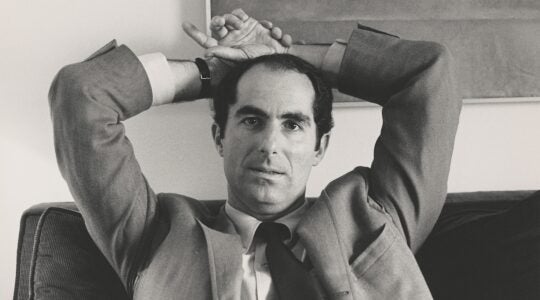In two months, Israel will celebrate the 50th anniversary of the reunification of Jerusalem, absent the man who produced the most iconic image of that historically and religiously significant occasion.
David Rubinger died last week at 92.
A native of Vienna who came to Palestine as a teenager as part of the Youth Aliyah movement, he, in the words of Arnold Drapkin, an old friend who served as photo editor of Time magazine, “grew up with the state,” chronicling Israel’s birth, its military victories, its high and low points during a career that spanned seven decades.
His most famous photograph, in the opinion of most people who follow the fortunes of the Jewish state, was of three young paratroopers at the newly liberated Western Wall in June 1967. That image, reproduced internationally, captured the exultation that the nation felt after the Israeli Army’s lightning-swift defeat of three neighboring Arab countries, but, because of an arrangement with the army that granted him free access, brought him no financial benefit. (See article on page 5.)
Mr. Rubinger’s body of work, which numbered hundreds of thousands of photographs of Israelis, both famous and anonymous, showed the true face and faces of the nation.
His photographs, taken in a fraction of a second, also provided a permanent record in a culture where the flow of current events quickly overtakes the past. If journalism is the “first draft of history,” Mr. Rubinger’s documentation offered indelible memories. They made the national personal.
“To photograph is to appropriate the thing photographed,” Susan Sontag wrote. “Photographic images do not seem to be statements about the world so much as pieces of it, miniatures of reality that anyone can make or acquire.”
That is Mr. Rubinger’s legacy. When Israelis celebrate a unified Jerusalem in May, they will provide new images for the photographers who follow in his honored footsteps.
The New York Jewish Week brings you the stories behind the headlines, keeping you connected to Jewish life in New York. Help sustain the reporting you trust by donating today.




